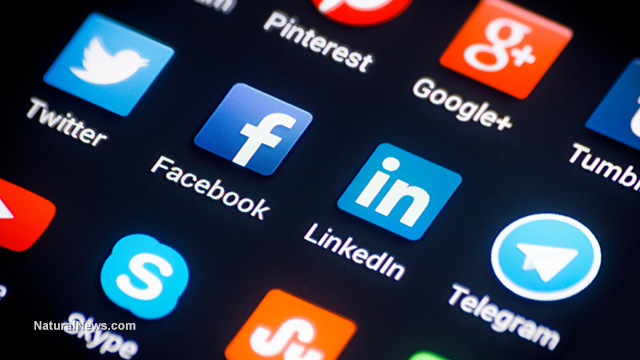Scientists create smartphone screen that repairs itself
04/11/2017 / By Robert Jonathan

Have you accidentally dropped your smartphone lately?
Who hasn’t, right? Well, help is apparently on the way for users tormented by scratched or cracked screens. Scientist have reportedly developed a self-healing smartphone screen that will be ready to go to the consumer market by the year 2020, pending further research and testing.
University of California, Riverside chemists have developed this invention that they presented at last week’s American Chemical Society National Meeting & Exposition in San Francisco.
Business Insider has the details on the stretchable polymer material that, because of its properties, can supposedly snap back together within a day’s time, thus repairing itself.
The material, which can stretch to 50 times its original size, is made of a stretchable polymer and an ionic salt. It features a special type of bond called an ion-dipole interaction, which is a force between charged ions and polar molecules. This means that when the material breaks or has a scratch, the ions and molecules attract to each other to heal the material.
With its unique ability to conduct electricity, a first in the smartphone industry, the material provides functionality for cellphone touch screens, thereby eliminating the often annoying visit to the repair shop, plus trying to sort out the legalese of warranty coverage, if any.
The new discovery also can be used on the outer shell or housing of the phone, perhaps replacing the traditional case and/or presumably third-party screen protections. The self-regenerating innovation also has promise for a quick-recharging ion smartphone battery. (Related: Read more about advances in technology at Discoveries.news.)
One device manufacturer already features self-healing materials to repair routine scratches on one of its phone model’s back panel. The Riverside chemists’ creation “is not just a protective layer and is therefore resistant to more significant damage,” Newsweek explained.
“We are currently tweaking the covalent bonds within the polymer itself to get these materials ready for real-world applications,” lead researcher Chao Wang, who admits to being inspired by the self-healing X-Men superhero Wolverine, told Newsweek.
Wang believes that the self-fixing screen, and additional self-healing products, will profoundly change everyday life.
“Those butterfingers who are always dropping their phone (you know know who you are) will be ecstatic once this material is ready for prime time,” the PhoneArena website quipped about the soon-to-be-available self-fixing smartphone screen.
With self-healing screens on the short-term horizon, can artificial, self-evolving intelligence that could take over the world be far behind?
Sources:
Tagged Under: advanced technology, inventions, Smartphones


















